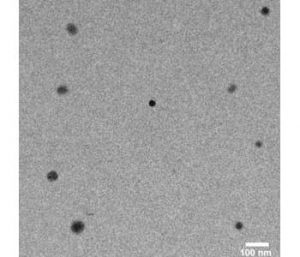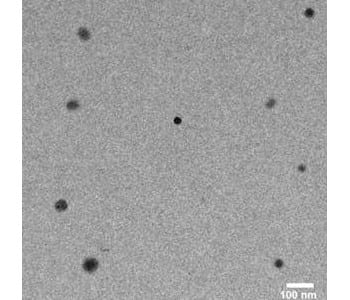 Perylene-3,4,9,10-tetracarboxylic diimide (PDI) and its derivatives are small organic dyes with exceptional high chemical, thermal, and photochemical stability and extremely low cost. They have been traditionally used as industrial pigments and widely applied in car paint and hair-treatment compositions. Recently, these materials have also been actively studied for constructing of various organic electronic devices including organic field-effect transistors, fluorescent solar collectors, organic photovoltaic cells, etc. However, their biomedical applications remain largely unexplored.
Perylene-3,4,9,10-tetracarboxylic diimide (PDI) and its derivatives are small organic dyes with exceptional high chemical, thermal, and photochemical stability and extremely low cost. They have been traditionally used as industrial pigments and widely applied in car paint and hair-treatment compositions. Recently, these materials have also been actively studied for constructing of various organic electronic devices including organic field-effect transistors, fluorescent solar collectors, organic photovoltaic cells, etc. However, their biomedical applications remain largely unexplored.
New work seeks to correct this – in it, PDI-based organic nanomaterials were successful developed and used for detection of deep human glioblastoma in mice models using photoacoustic imaging, a newly emerged molecular imaging technique in which light enters the body to produce heat and sound exits. Overall, this technique overcomes some hurdles associated with the use of conventional dyes including their intrinsic optical instability, difficulty of modification and high cost. The researchers involved believe that their PDI-based nanomaterials open up new opportunities for cancer detection.














